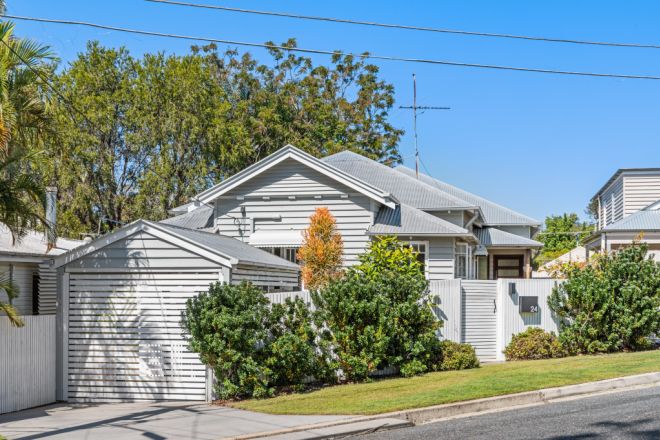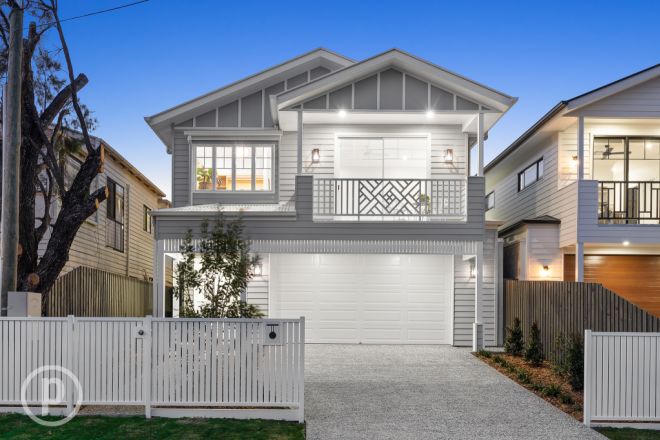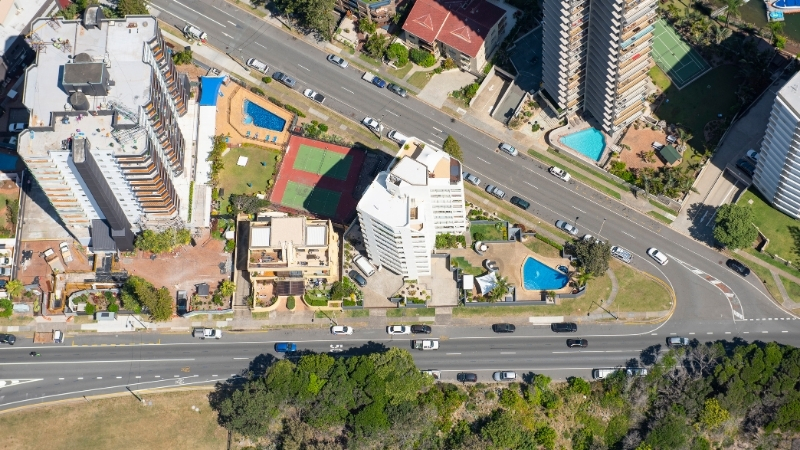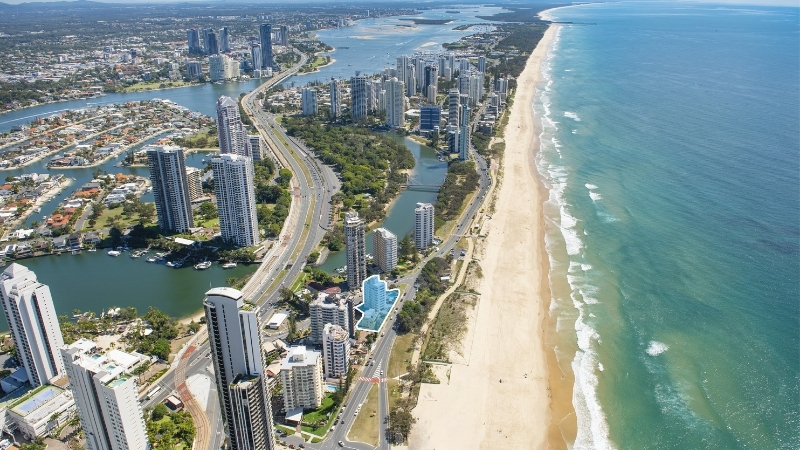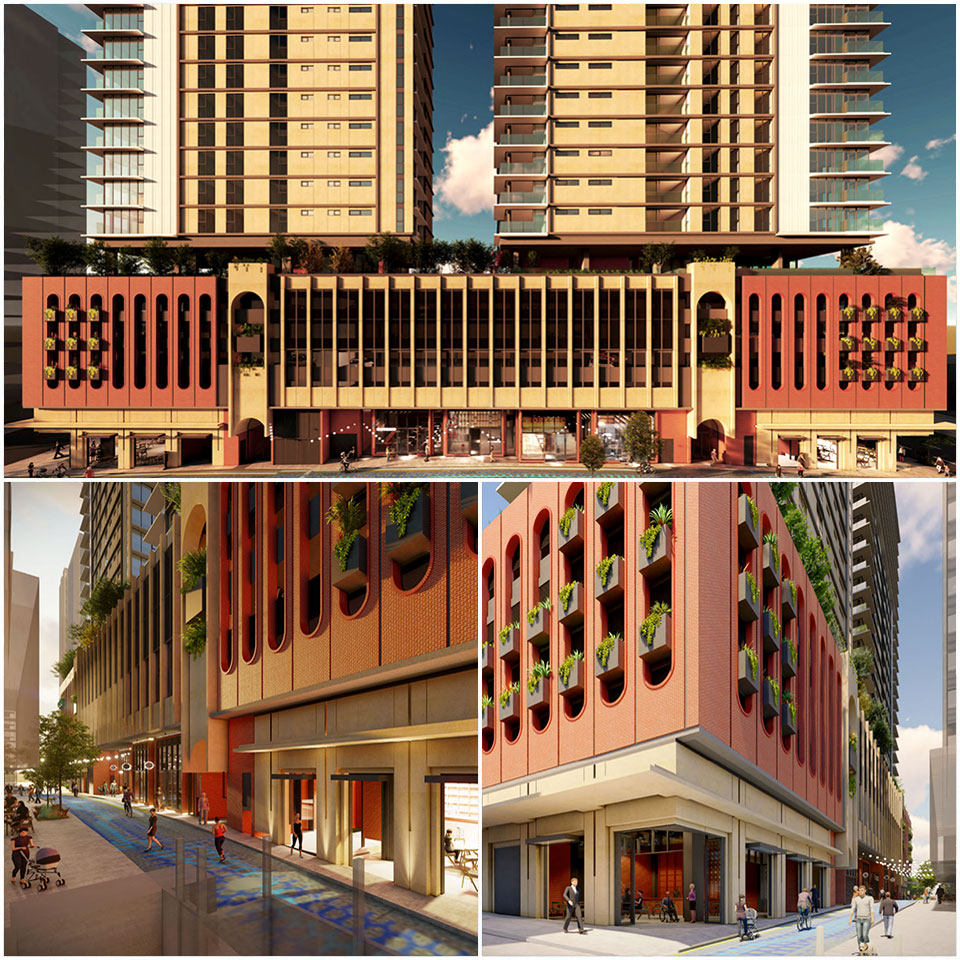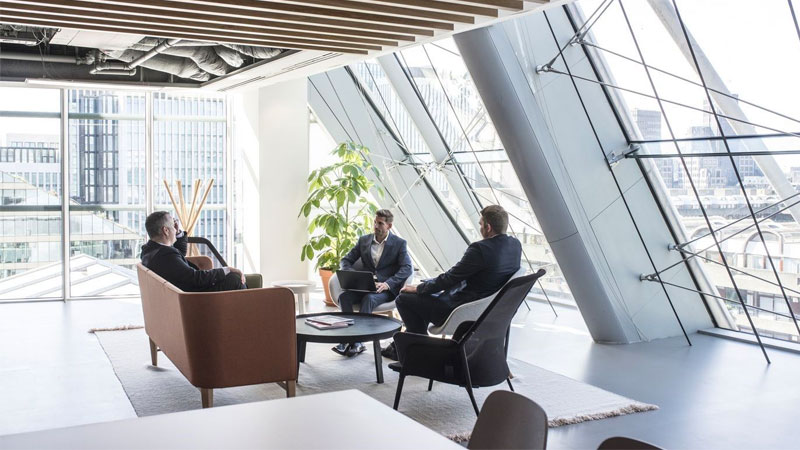Queensland’s real estate market has overcome predictions of property price falls as a result of the COVID-19 pandemic.
CoreLogic’s data for the April-June 2020 quarter shows that, across 13 major Queensland regions, only two reported marginal price retractions – Cairns (0.5 and 1.3 per cent drop in median house and unit prices respectively) and Mackay (2.2 per cent drop in median unit price).
“The fact is, Queensland’s residential property market continues to show remarkably stable results, with the first full quarterly COVID-19 property price report giving Queenslanders a comprehensive look at how the pandemic has affected our state’s housing market,” Real Estate Institute of Queensland CEO Antonia Mercorella said.
“Restrictions on auctions and open homes, coupled with border closures restricting interstate buyers as well as international investors, have certainly proved challenging for our market.
“To counter this, the real estate industry proved itself highly agile, adapting to technology substitutes in place of live auctions and physical property inspections at almost lightning speed. And buyers and sellers were equally quick to embrace it.
“The evidence is in the numbers, with over 8600 property transactions across Brisbane and more than 7100 across regional Queensland in the three months of April to June.”
REIQ admits that a decrease in transaction activity and rentals in the state’s capital shows that “the property market isn’t immune to the COVID-19 economic fallout”, stating that CBD job cutbacks and office shutdowns “along with hospitality and retail outlet closures have all played a significant part” in Brisbane’s negative growth across the quarter.
They also point out, however, the median house price in Brisbane increased 0.7 per cent, with house prices in the capital remaining stable with 2.8 per cent annual growth.
“Brisbane’s affordability, low income-to-debt ratio, change in investor behaviour, rise in rental vacancies and historically low interest rates, which the Reserve Bank recently highlighted will likely remain for at least the next three years, along with the range of government grants currently available has seen first home buyers come out in force, allowing our capital city property market to continue to transact,” Ms Mercorella explained.
“What’s helping drive price stability in the market is that while there’s increased demand driven by housing specific incentives such as the First Home Owner’s and HomeBuilder grants, advertised supply levels remain tight.”
The REIQ is also predicting Sydneysiders and Melbournites will move to Queensland once border restrictions are eased.
“Prior to the outbreak of the pandemic, Queensland was the number one destination for interstate relocations – particularly from major metropolitan areas such as Sydney and Melbourne,” Ms Mercorella said.
“As this pandemic continues to affect us all, it’s introduced many of us to the possibility of a ‘new normal’ way of working – that is, remotely from home.
“And spending more time at home is seeing more people considering their options.
“As a result, interstate demand continues to strengthen in Queensland with the main drawcards being affordability, livability, and the lifestyle on offer.
“And while border restrictions haven’t stopped interstate buyers from snapping up properties sight unseen over the last few months, we anticipate this demand to surge in the coming year ahead as we navigate through to the other side of this pandemic.
“Perhaps this is one prediction that will ultimately prove right!”
This article is republished from https://eliteagent.com/ under a Creative Commons license Read the original article.
from Queensland Property Investor https://ift.tt/30irc33
via IFTTT

